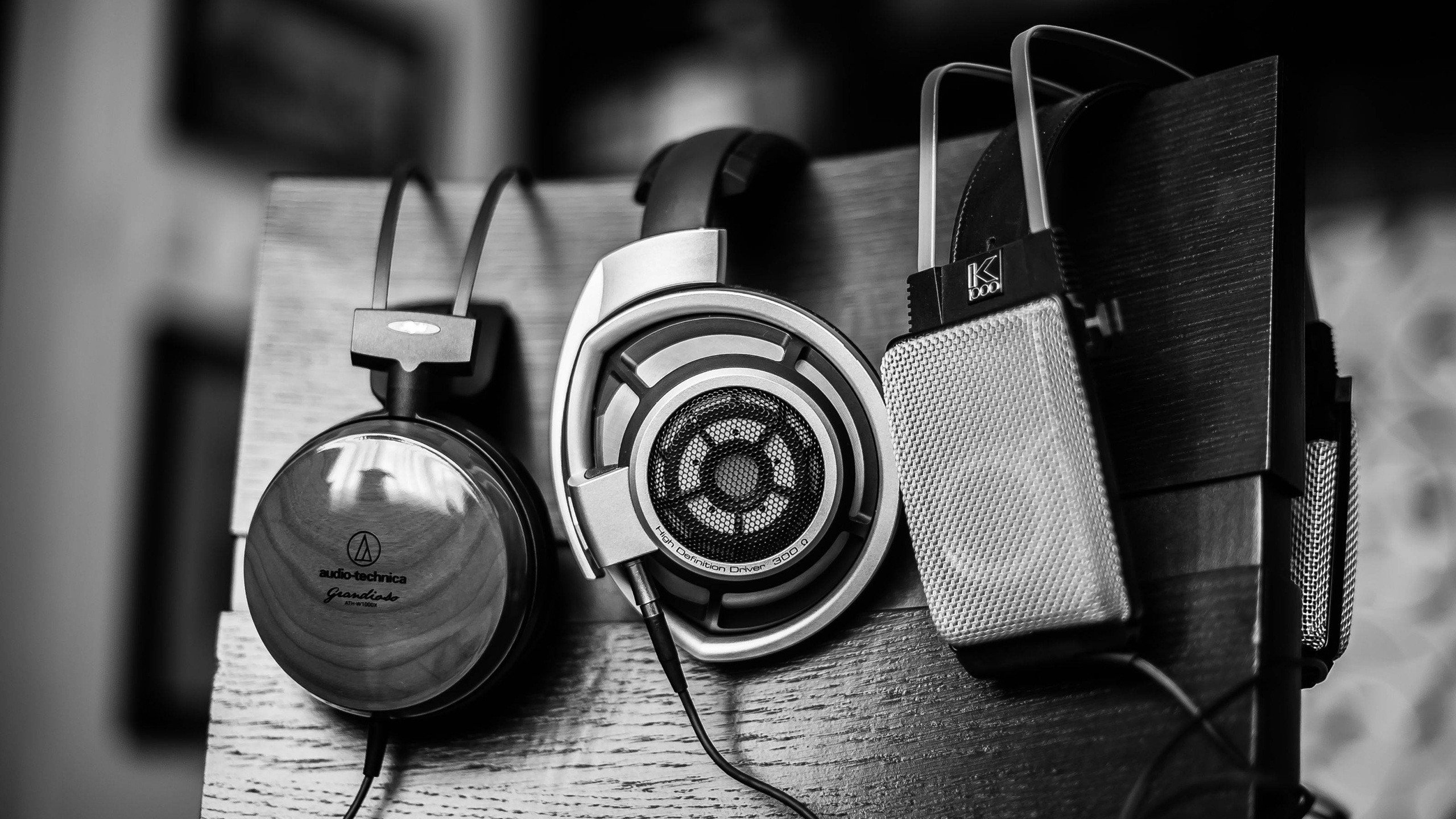
What is Headphones Frequency response, impedance and sensitivity?
Frequency response, impedance and sensitivity are the most important aspects you should pay attention to when you choose your next headphones. Knowing what’s suitable for you and what you need precisely will help you choose the right headphones and save you a fortune!
In this article we will discuss these features in detail and demonstrate how they effect your overall hearing experience.
Frequency Response
Frequency Response is the ability to decode and understand the sound waves. It’s also viewed as the amount of sonic details the device can output as a response to a stimulus.
Even when the vast majority of people can distinguish most of sounds, the human ear’s ability to receive and recognize those frequencies vary from an individual to another.
In headphones, the Frequency Response is the average of the Bass, Trible, and the midrange sounds. For example, Bass that drops with 20 Hz can not be heard by the human ear, but can be sensed somehow in the background. Trible sound on the other hand exceeds 20.00 HZ and for that can not be heard either.
As we now know, many of headphones, speakers and amplifiers have frequency responses higher than what our ears are able to distinguish. Ever wondered why?!
First of all you should know that even when your headphones offer higher Frequency Response, it doesn’t mean they’re better than others. The reason why Manufacturers keep improving this feature in their products is the Noise Reduction it promises, and as we mentioned in some cases the Traffic may include Deep Bass you can’t hear but rather you can sense. The same applies to all other sounds. It is of great importance that you avoid hearing such sounds since they may cause harm to your ears.
This Video Will Help you to understand the Frequency Response and how it affects your Hearing Experience
How to Measure Headphones’ Frequency Response
Measuring the frequency response usually occurs in different positions so as to acquire the most accurate of results. You will need to put a microphone in front of the headphones and use specific software to read and determine the output spectrum. Afterwards, apply various sound intensities in order to get The Highest and Lowest Frequencies your headphones can detect.
In fact, this process alone could be more intricate and more complicated than you might expect and for that matter we recommend you watch this video if you want to know more about measuring Headphones’ Frequency Response.
The Impedance
Frankly, we could talk for ages about the electrical impedance in attempt to explain what it really means. Put briefly, it can be defined as follows;
‘Physical property in the electrical circuits that translates into the ability of a material to prevent the transit of electricity through it.’
In headphones the impedance is more related to consumption of electricity rather than anything else. For instance, headphones with impedance range less than 25Ω consume less power to give you unique results. On the contrary, headphones with higher impedance need more power to decode and play high volume audio.
If you need headphones for a Portable Device Like MP3 Player, Smartphone, or Tablet, then you should particularly look for low impedance headphones. But if you want to do more professional work Like Djing or Recording Studio, then what you need is headphones with higher impedance as the Pro Tools often consume more power to produce powerful clear detailed audio. In some cases you may need up to 70Ω of impedance in your headphones. It is worth mentioning that using a low impedance driver with the Pro Tools like Mixers and big amplifiers means more audio distortion or the headphones may Explode in Your Ears causing you a disaster due to the overload!
The following graph demonstrates energy consumption with relation to impedance.
Sensitivity
One of the most important properties in any headphones which determines how effectively your headphones turn the electrical signals into clear sounds your ear can detect and grasp. It’s related to the impedance and it must be compatible with it for you to enjoy the ultimate audio experience.
Sensitivity could be measured by decibel (dB) of Sound Pressure Level per milliwatt. In some cases it might be seen as dB/mW or (dB SPL/mW) .
Usually, the sensitivity of headphones is in the range of 80 to 125 dB SPL/mW, and to explain how sensitivity affects your hearing experience, you can imagine that 80dB of sensitivity is equivalent to the sound of traffic jam at downtown in rush hour. In case it crosses125 db it will be like a room with a huge diesel generator operating inside, and it may cause you permanent hearing damage in a very short time.
Want more? This graph will explain what every degree of sensitivity indicates.
There is no need to have high impedance headphones to use with a portable mp3 player for instance. This will consume your device’s battery for nothing and will prevent you from enjoying your favourite music at the same time. The same applies to the rest of the properties like Frequency Response, and impedance.
Here in Samma3a, we help you choose the perfect product by simply using the sound equalizer you can find in our homepage.
